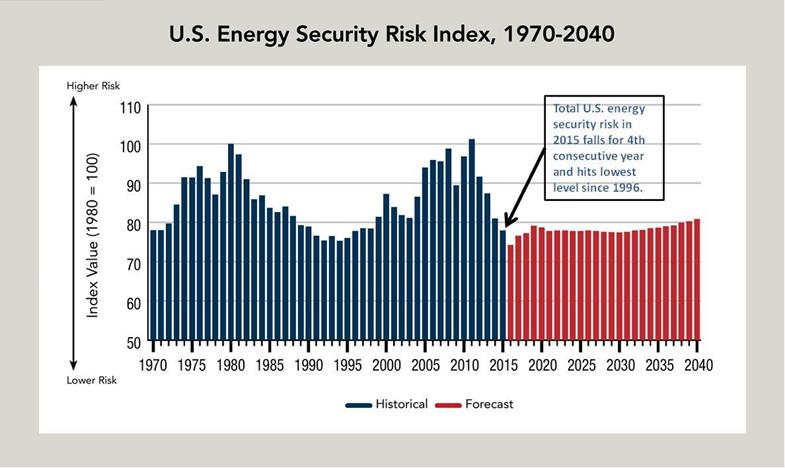My experience within the U.S. government and the International Energy Agency has focused on global energy markets, energy policy and national security. I continue to follow the development of our nation’s energy infrastructure projects with a close eye.
Over the last several months I have been deeply concerned by the slowdown in developing the energy infrastructure needed to take advantage of the energy renaissance underway in the upstream oil and gas industry.
One example, although by no means the only infrastructure delay, is the result of ongoing protests and the Obama administration’s recent action over one such project, the Dakota Access pipeline.
The efforts against the Dakota Access project should serve as a powerful cautionary tale of the dangers of energy policy driven by ideology rather than economic reality. Continued delay of projects like Dakota Access could have a chilling effect on expanding our nation’s energy infrastructure and on efforts to continue bolstering American energy security.
Access to affordable and dependable energy sources is critical for energy security and economic prosperity. Potentially high energy costs and U.S. reliance on oil from unstable regions of the world undermine U.S. foreign-policy flexibility and economic competitiveness.
One of the many facts ignored by activists is that oil produced in the Bakken region and other highly prospective areas will play an important role in our energy production for decades to come.
While I support balanced and comprehensive energy policies that include responsible development and utilization of all energy resources, both traditional as well as alternative sources, the fact is we’re just not there yet and we need to recognize the long lead times involved in these capital intensive projects. The Energy Information Administration projects that by 2040, oil, natural gas and coal will provide about 75% of America’s energy needs — a relatively small change from previous projections.
